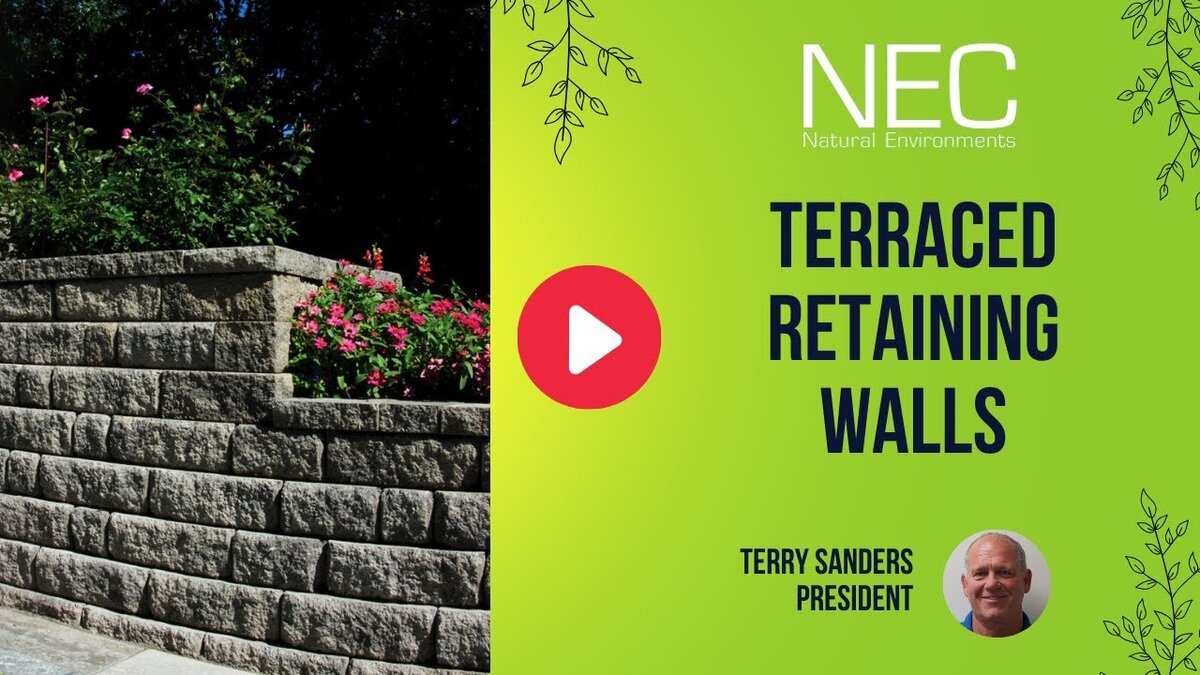Retaining walls are a popular structural solution used in many properties to address a variety of challenges, ranging from soil erosion to enhancing aesthetics. If you’ve ever wondered whether you might need a retaining wall for your property, you’re in the right place. We’ll be exploring several key indicators that could point you in that direction.
The Role of Retaining Walls

Before diving into the indicators, it’s vital to understand the primary purpose of retaining walls. These are essentially protective barriers that can:
- Control or stabilize steep slopes
- Prevent soil erosion
- Manage stormwater runoff
- Enhance the overall aesthetics of a landscape
The Challenge of Steep Slopes
Dealing with Elevation
If your property is characterized by steep slopes, you might want to consider the addition of a retaining wall. These walls can help in:
- Making steep areas usable by leveling or terracing
- Preventing landslides or ground movement
- Creating flat areas for gardens, patios, or other structures
Erosion Control
Steep slopes, especially when devoid of vegetation, can be major erosion hotspots. If you notice that soil is being washed away during rains or strong winds, it’s a glaring sign that you may need a retaining wall.
Stormwater Management and Drainage Issues
Diverting Water Away from Structures
If you’ve recently built a new structure, like a house or a shed, and are facing challenges in managing water runoff, then a retaining wall might be the solution. Properly designed retaining walls can channel water away, preventing potential damage.
Failed or Aging Walls
If you have a previously constructed wall that has collapsed, is deteriorating, or showing signs of impending failure, it’s imperative to address the issue immediately. Neglecting it could lead to structural damages or land loss.
Aesthetics and Landscape Design
Sometimes the need for a retaining wall is not driven by functional challenges but rather a desire to beautify the surroundings. Landscape architects and designers often incorporate retaining walls to:
- Create levels or terraces
- Introduce design elements like seating areas or planters
- Enhance the overall visual appeal
In such scenarios, the decision is more subjective, based on personal preferences and the desired look.
Structural Necessities
In some properties, retaining walls become a structural necessity. This happens when there are:
- Buildings or structures close to a slope or drop-off
- Instabilities in the soil structure
- Areas with frequent ground movements or tremors
Conclusion

The decision to invest in a retaining wall should be based on a combination of your property’s needs and personal preferences. Whether you’re dealing with erosion challenges, aiming for an aesthetic upgrade, or responding to a structural crisis, retaining walls can be the answer. If you have more questions or are considering installing a retaining wall, contact Natural Environments Corporation today for assistance.



